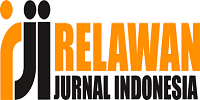Meningkatkan Kemampuan Kerjasama melalui Permainan Menyusun Puzzle pada Anak Usia 5-6 Tahun di TK Kenanga Raya
DOI:
https://doi.org/10.46963/mash.v5i02.486Keywords:
Early Childhood, Cooperation Ability, Puzzle PlayAbstract
Cooperation is the ability to work together to complete a task with others. The process of working together children are trained to be able to suppress individual personalities and prioritize group interests. Children's learning activities at Kenanga Raya Kindergarten on the ability to cooperate are still not developed. Based on my observations, it shows that children still like to play alone and do not want to play with other friends. This study aims to improve children's cooperation skills through puzzle games at Kenanga Raya Kindergarten Medan. The subjects used in this study were group B children aged 5-6 years, totaling 9 children. Data collection is done by direct observation, performance, and documentation. Based on the results of the study, it was found that the improvement of children's cooperative skills through group B puzzle games at Kenanga Raya Kindergarten Medan in the 2020/2021 academic year. This can be proven by the pre-cycle results of 25%, 52,2% in the first cycle and increased to 86% in the second cycle. So it can be concluded that puzzle games improve the cooperative ability of group B children in Kenanga Raya Kindergarten Medan.
Downloads
References
Aisyah. (2017). Permainan Warna Berpengaruh Terhadap Kreativitas Anak Usia Dini. Jurnal Obsesi: Jurnal Pendidikan Anak Usia Dini, 1(2), 118 - 123. doi:10.31004/obsesi.v1i2.23
Depdiknas. (2006). Petunjuk Teknik Penyelenggaraan Pendidikan Anak Usia Dini. Jakarta: Kementrian Pendidikan dan Kebudayaan Republik Indonesia.
Menteri Pendidikan dan Kebudayaan RI. (2015). Peraturan Menteri Pendidikan Nasional Nomor 146 Tahun 2014 Tentang Kurikulum 2013 Pendidikan Anak Usia Dini. Jakarta: Kementerian Pendidikan dan Kebudayaan.
Mu’min, S. A., & Yultas, N. S. (2019). Efektifitas Penerapan Metode Bermain dengan Media Puzzle dalam Meningkatkan Kemampuan Kognitif Anak. AL-TA'DIB: Jurnal Kajian Ilmu Pendidikan, 12(2), 226-239. doi: 10.31332/atdbwv12i2.1217
Permata, R. D. (2020). Pengaruh Permainan Puzzle Terhadap Kemampuan Pemecahan Masalah Anak Usia 4-5 Tahun. Jurnal PINUS: Jurnal Penelitian Inovasi Pembelajaran, 5(2), 1-10.
Prabandari, I. R., & Fidesrinur. (2019). Meningkatkan Kemampuan Bekerjasama Anak Usia 5-6 Tahun Melalui Metode Bermain Kooperatif. Jurnal AUDHI, 1(2), 96-105.
Purwati, A. (2015). Meningkatkan Kemampuan Sosial Emosional Dalam Bekerjasama Melalui Permainan Puzzle Lantai Pada Anak Kelompok B RA Al-Amin Desa Kecubung Kecamatan Pace Kabupaten Nganjuk Tahun Pelajaran 2014/2015. Kediri: Universitas Nusantara PGRI Kediri.
Putri, C. F., & Zulminiati. (2020). Kemampuan Kerjasama Anak Usia 5-6 Tahun. Jurnal Pendidikan Tambusai, 4(3), 3038-3044. doi:https://doi.org/10.31004/jptam.v4i3.806
Saputra, Y. M., & Rudyanto. (2005). Pembelajaran Kooperatif Untuk Meningkatkan Keterampilan Anak TK. Jakarta: Departemen Pendidikan Nasional.
Widjanarko, P. (2017). Pendidikan Seni Bermain dan Bernyanyi Anak Usia Dini. Jurnal AUDI: Jurnal Ilmiah Kajian Ilmu Anak dan Media Informasi PAUD, 1(1), 25-31. doi:https://doi.org/10.33061/ad.v1i1.1206
Downloads
Published
Issue
Section
License
Copyright (c) 2022 Niken Farida, Sakinah Siregar, Sardiama Tamba

This work is licensed under a Creative Commons Attribution-ShareAlike 4.0 International License.
Authors who publish with this journal agree to the following terms:
1. Copyright on any article is retained by the author(s).
2. The author grants the journal, right of first publication with the work simultaneously licensed under a Creative Commons Attribution shareAlike 4.0 International License that allows others to share the work with an acknowledgment of the work’s authorship and initial publication in this journal.
3. Authors are able to enter into separate, additional contractual arrangements for the non-exclusive distribution of the journal’s published version of the work (e.g., post it to an institutional repository or publish it in a book), with an acknowledgment of its initial publication in this journal.
4. Authors are permitted and encouraged to post their work online (e.g., in institutional repositories or on their website) prior to and during the submission process, as it can lead to productive exchanges, as well as earlier and greater citation of published work.
5. The article and any associated published material is distributed under the Creative Commons Attribution-ShareAlike 4.0 International License

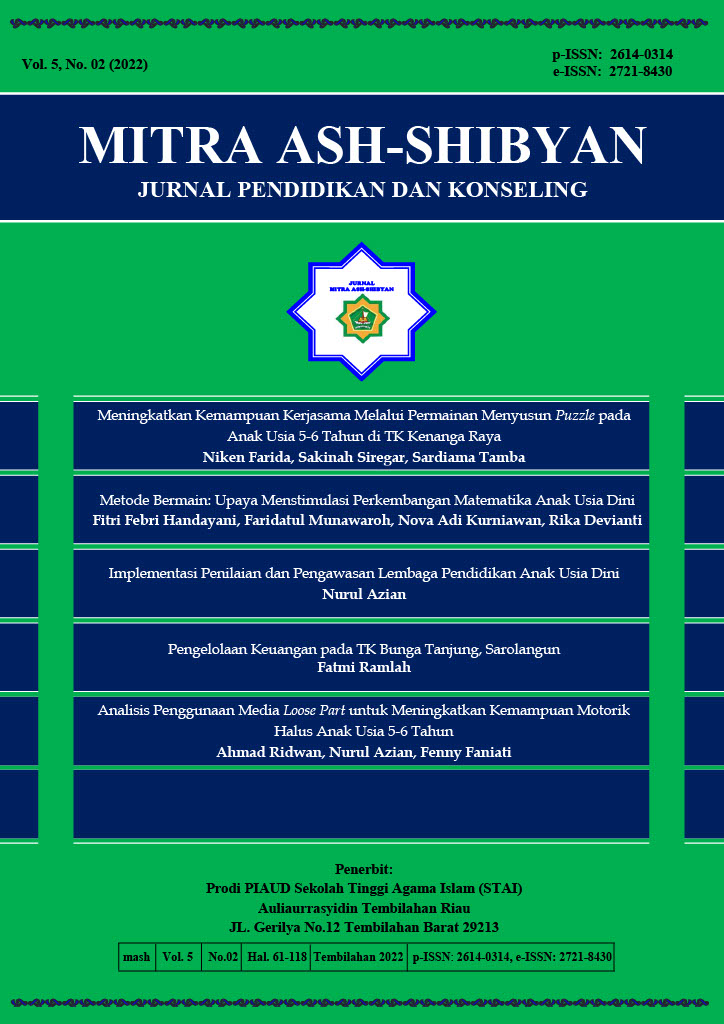
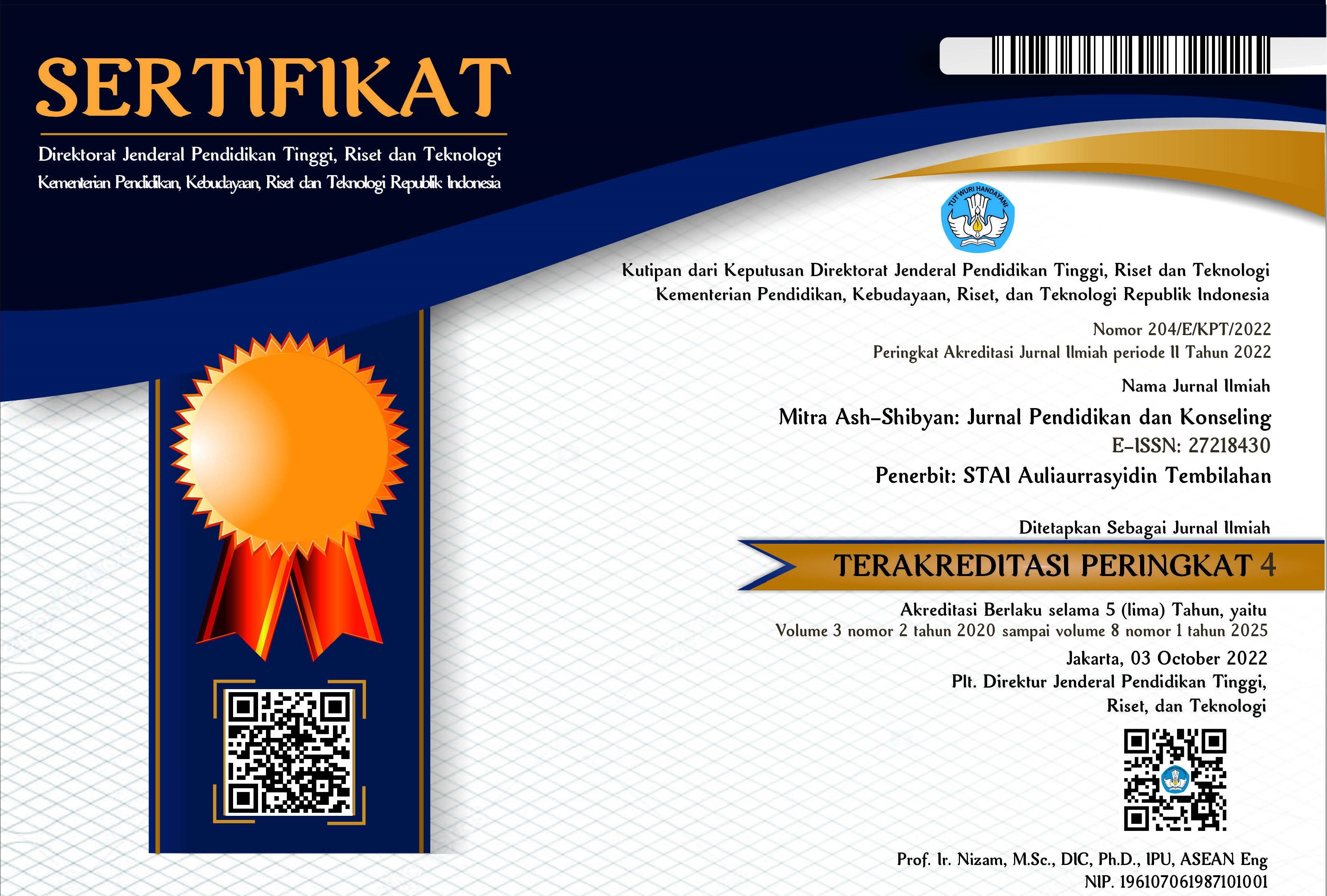

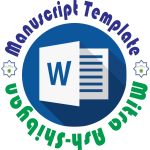
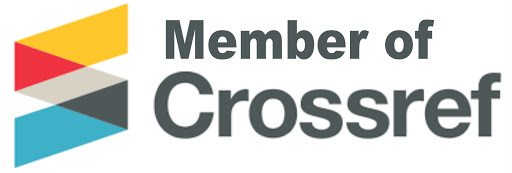
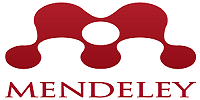
2.png)
